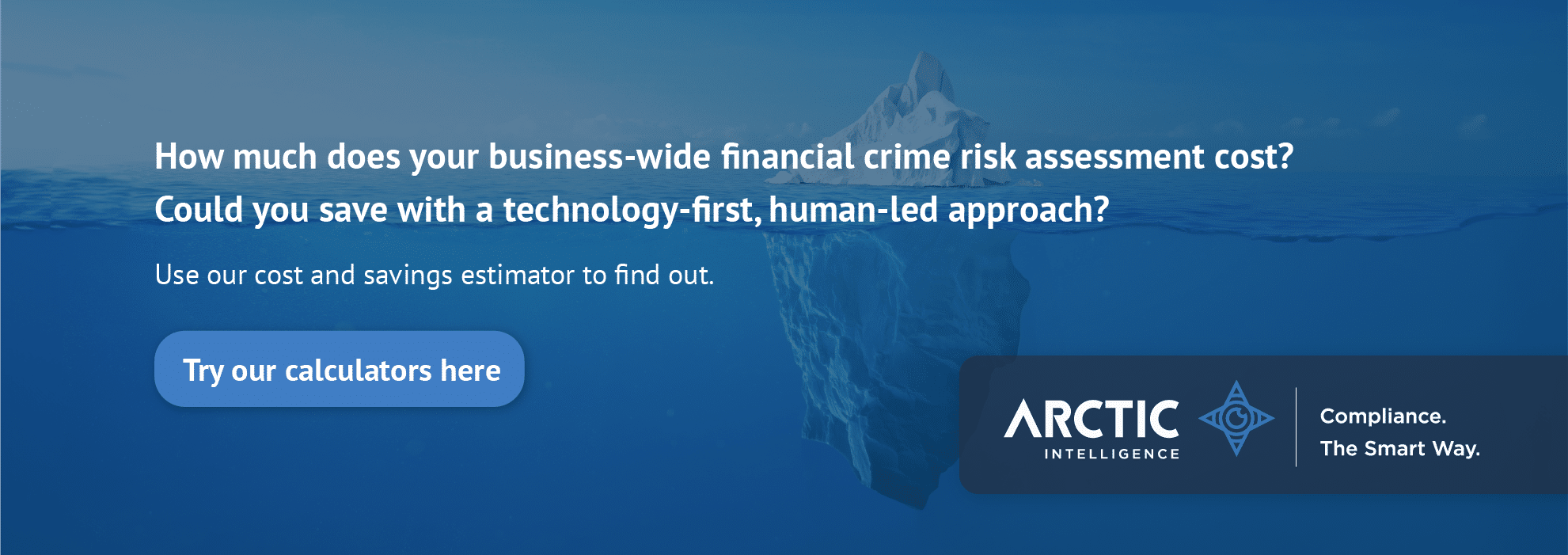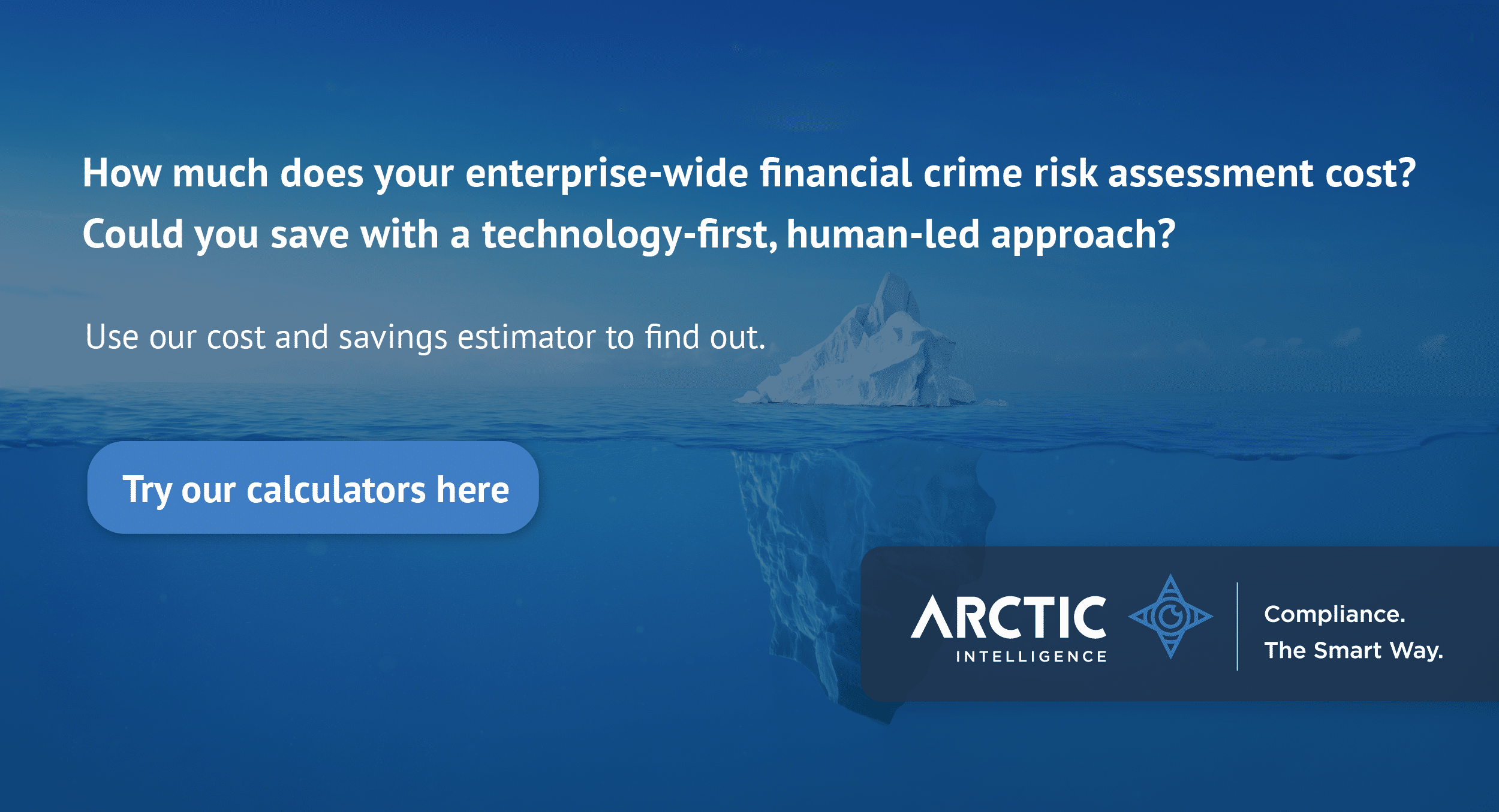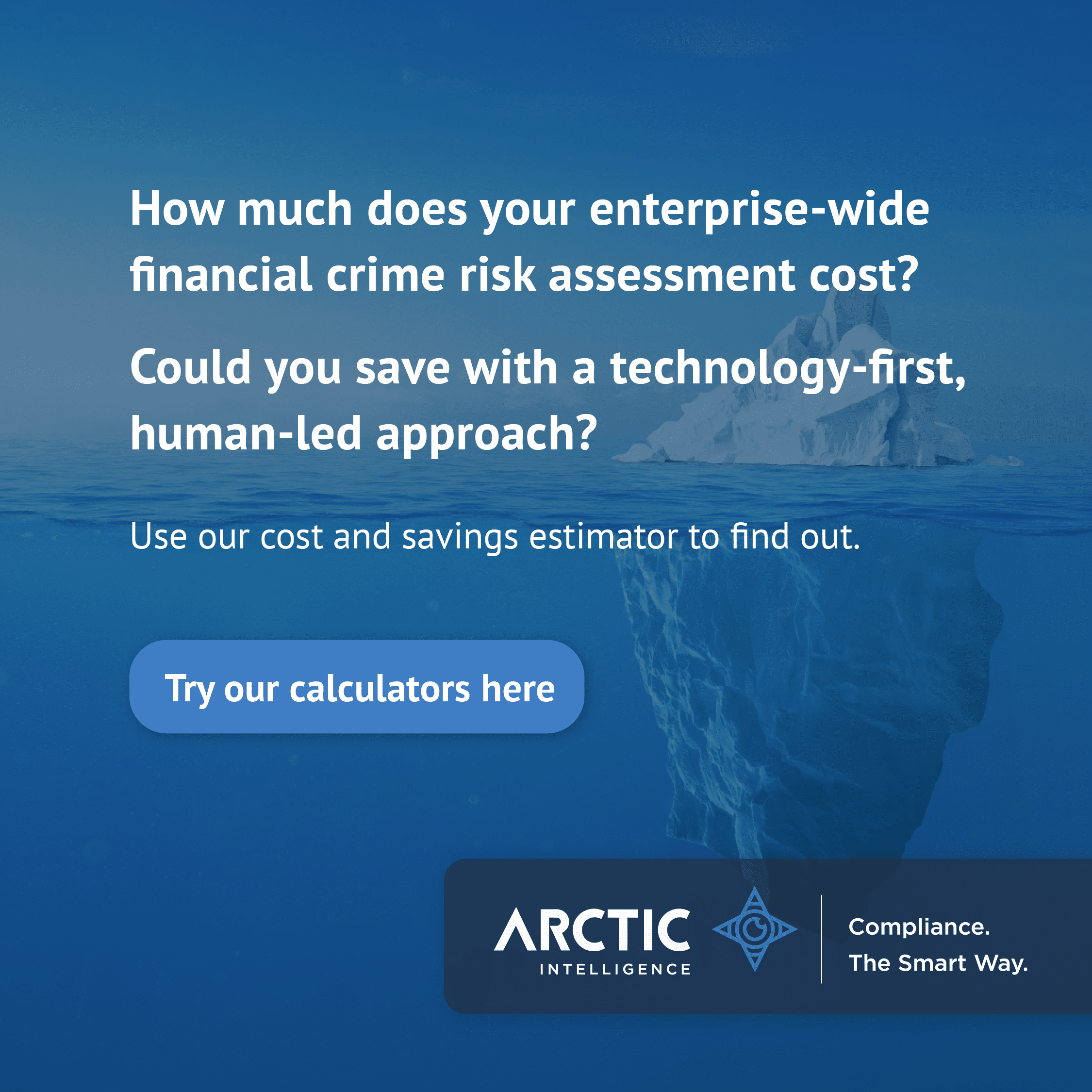Introduction
The digital transformation of the global economy has introduced unprecedented opportunities and challenges. Financial crime is no exception, as technological advancements provide criminals with new tools to exploit vulnerabilities. In the digital era, financial crime risk assessments must evolve to address the unique challenges posed by digital platforms, cryptocurrencies, and cross-border transactions. This blog explores how businesses are navigating these risks while leveraging innovative technologies to enhance their defences.
The Digital Era: Opportunities and Risks
As technology is playing an increasing role in financial crime risk assessments this can create opportunities as well as risks:
Opportunities
- Enhanced Efficiency and Accessibility – The rise of digital banking, payment systems, and fintech has democratized financial services, improving accessibility for underserved populations and businesses globally
- Data-Driven Insights –The digital era generates massive amounts of data, enabling advanced analytics for customer profiling, transaction monitoring, and risk prediction.
- Global Connectivity – Digital platforms facilitate cross-border trade and financial inclusion, creating opportunities for businesses to expand into emerging markets.
Risks
- Cyber-Enabled Financial Crimes – Criminals exploit financial systems for ransomware payments, often demanding cryptocurrencies to obscure the audit trail. Also, digital platforms are prime targets for cybercriminals seeking to steal credentials or financial information.
- Cryptocurrency and Virtual Assets – Cryptocurrencies facilitate anonymity, making them attractive for money laundering, terrorism financing, and sanctions evasion. The lack of global regulatory consistency creates enforcement challenges for financial institutions.
- Complex Supply Chains – The digital era’s interconnected supply chains introduce vulnerabilities to fraud, bribery, and corruption, especially with third-party vendors operating in high-risk jurisdictions.
Evolving Financial Crime Risk Assessments
To address these challenges, some businesses are transforming their financial crime risk assessment processes.
Digital Asset Monitoring
- Blockchain Analytics – Businesses that employ blockchain analysis tools to trace cryptocurrency transactions, identifying suspicious activity and ensuring compliance with the FATF’s Travel Rule
- Risk Scoring for Digital Assets – Machine learning models are being deployed to assign risk scores to virtual assets and wallets based on transaction history, geography, and counterparties.
Cybersecurity Integration
- Converging Cyber and Financial Crime Risk Assessments – Organisations are integrating cybersecurity frameworks with financial crime compliance programs to address overlapping risks, such as ransomware payments and cyber fraud.
- Threat Intelligence Sharing – Businesses are collaborating through industry consortia to exchange intelligence on cyber threats, enhancing early detection and mitigation efforts.
Advanced Transaction Monitoring
- AI-Driven Solutions – Artificial intelligence enables real-time monitoring of transactions, flagging anomalies and predicting high-risk behaviours before they escalate.
- Behavioural Analytics – Advanced tools analyse customer behaviours to detect deviations from typical patterns, improving the accuracy of fraud detection.
Best Practices for Financial Crime Risk Management in the Digital Era
There are a number of best practices organisations can consider
- Adopt a Risk-Based Approach – Tailor assessments to account for digital-era risks, focusing on high-risk products, customers, and geographies
- Leverage Technology – Invest in technology solutions, which are far more advanced than excel. Technologies like AI, ML, and blockchain analytics are automating the monitoring of risks
- Strengthen Collaboration – Partner with regulators, industry consortia, and technology providers to stay ahead of emerging threats
- Enhance Cybersecurity Posture – Integrate cybersecurity measures into financial crime frameworks to address overlapping vulnerabilities.
- Stay Agile with Regulatory Compliance – Regularly update risk frameworks to align with evolving regulations, particularly in emerging areas like virtual assets.
The Role of Regulators and Global Coordination
FATF Recommendations
The FATF continues to provide global guidance on digital-era risks, emphasising virtual asset compliance, transparency, and beneficial ownership.
Regional Efforts
- Europe: The EU’s MiCA regulation seeks to harmonise crypto-asset oversight across member states.
- Asia-Pacific: Jurisdictions like Singapore are pioneering digital payment regulations and AML frameworks.
- United States: Increased scrutiny by agencies such as FinCEN and the SEC demonstrates a commitment to tackling digital financial crime.
Conclusion
The digital era presents both unprecedented challenges and opportunities for financial crime risk assessments. By leveraging technology, fostering collaboration, and staying ahead of regulatory developments, businesses can build resilient frameworks to navigate these complexities. Success in this evolving landscape requires a proactive approach that integrates innovation with compliance, ensuring robust defences against the financial crimes of tomorrow.



